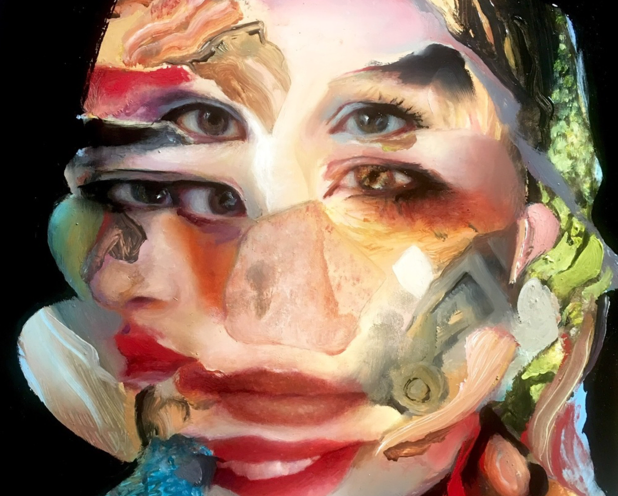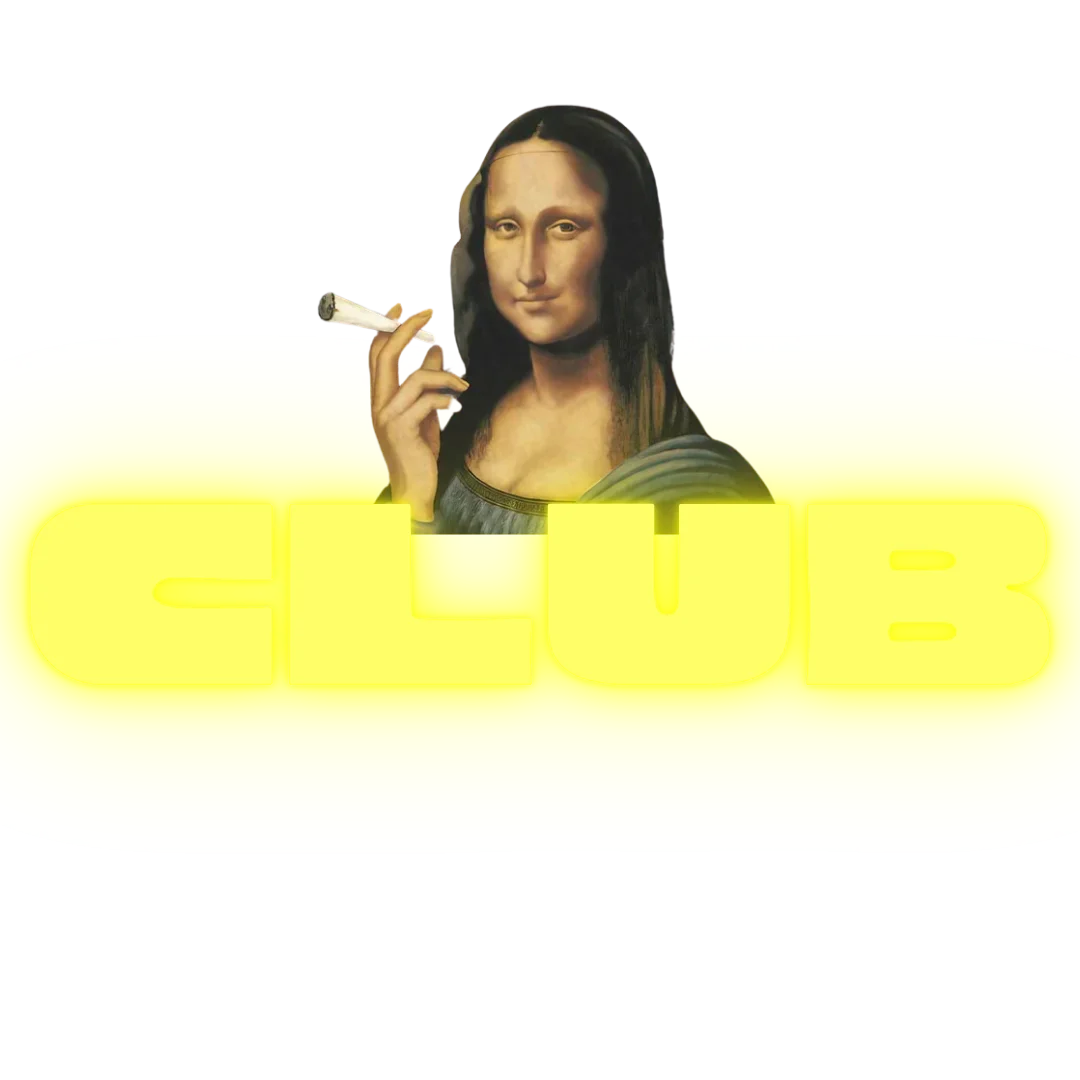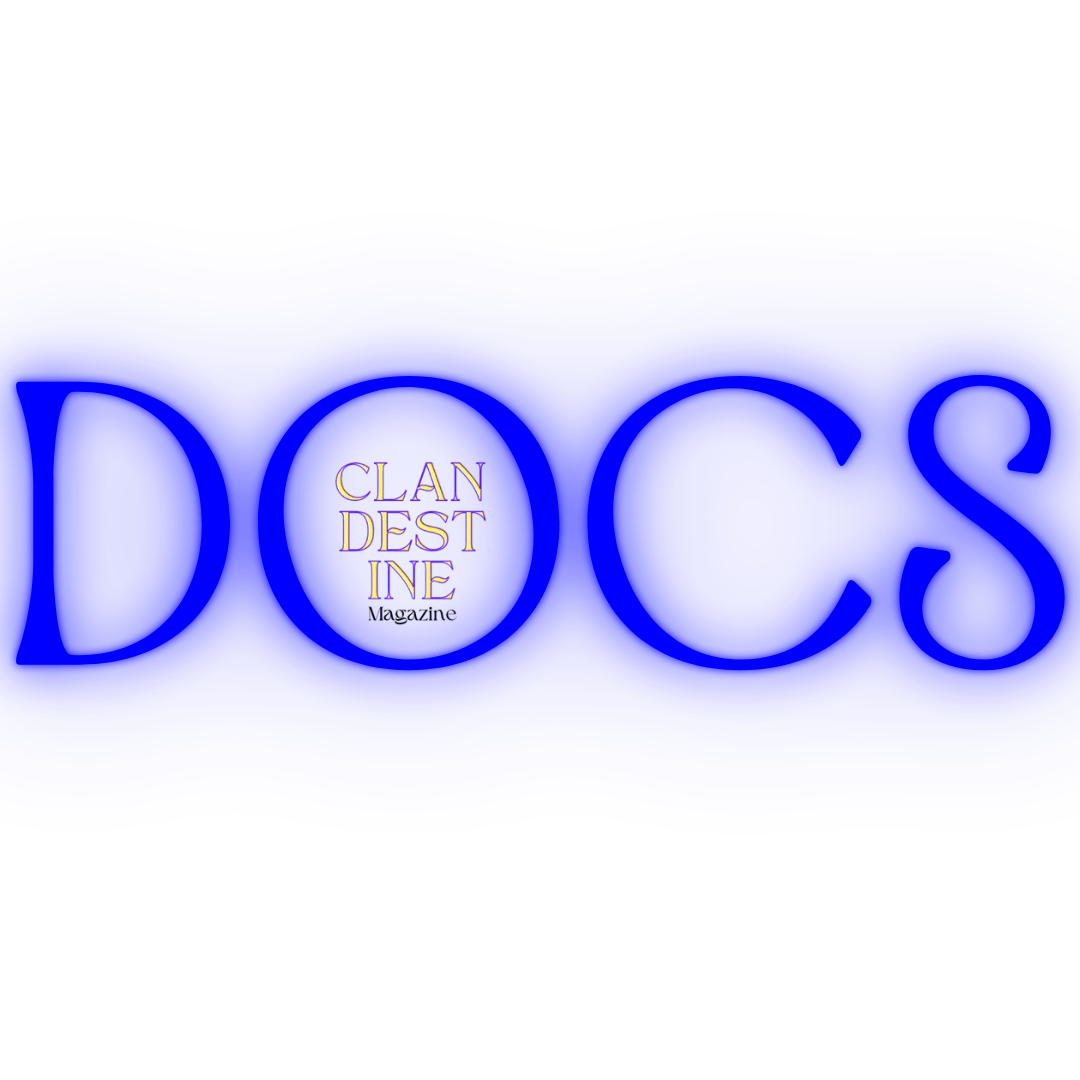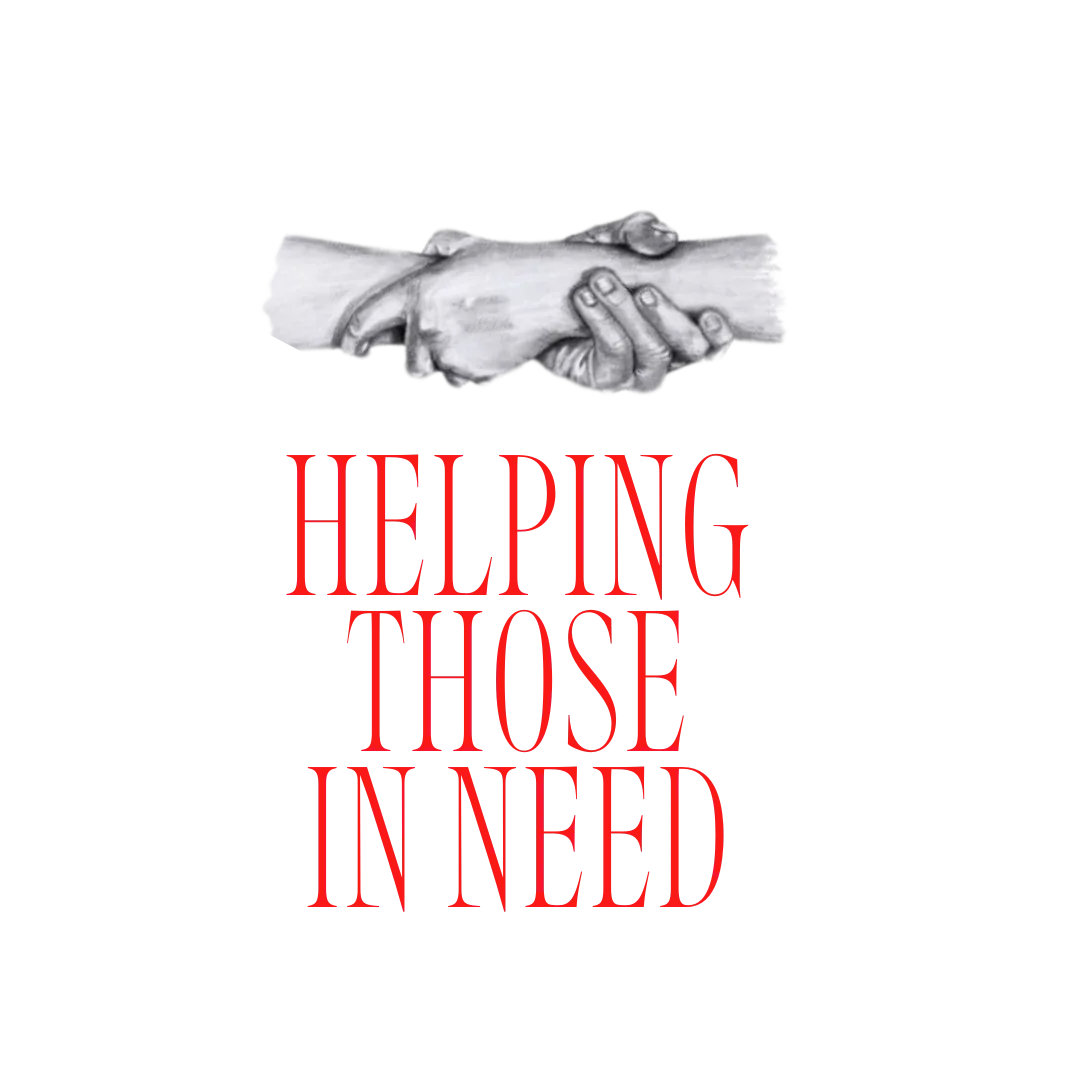


Caroline Westerhout, born in Weert in 1970, asks ‘Why are we all pretending to be normal when we could be insanely interesting instead?’ in her Instagram biography – an entirely appropriate reference to both Atlas, and the spirit that courses throughout her art. Westerhout’s artistic practice primarily features unique and non-traditional portraits that are simultaneously rooted in classical techniques. In these, the Dutch artist embraces experimentation, blending figuration with raw, abstract elements and playing with deformation and perspective – all at once contributing to the contemporary aura of her work.
She creates a dualistic effect by juxtaposing refined, realistic facial features with rough strokes, resulting in an emotionally charged atmosphere. Some even appearing to trace the remnants of a self-portrait, with its finalised outcome being the composition of an entirely new face or being. It is clear that Westerhout is an exciting contemporary artist. When she was asked about the meaning of her work a few years ago, she replied:‘Cause I like it. Cause faces can be boring. Cause the inside is not so symmetrical as the outside. Cause people have multiple faces that don’t show. Cause it looks great sometimes.’ Westerhout agreed to a more recent discussion surrounding her art, the ethics and commerciality in the industry, and about things hidden. Those things that don’t always come out to the surface but, nevertheless, gradually seep through.
J:”You mentioned that your approach to paintings portraits was based on the fact that ‘Faces are boring, because the inside is not so symmetrical as the outside, because people have multiple faces that don’t show.’ Is this still your approach?”
C:”I didn’t mean to say faces are boring. Faces are never boring. But for me, painting a perfect face is boring. I like to add something or change things. I don’t think very much about it these days. I just do what my hand and brain want me to do. Until my eyes see what they like. I am a bit less aware now while painting.”
J:”I also remember you saying that part of your method is to simply paint what you liked. It was the first thing you mentioned, and the last. Do you feel like there is a struggle between figurative artistic expression and the idea of beauty, or aesthetics, in art?”
C:”One of my gallery owners said to me I paint a beautiful face before I make it ugly. I know he dislikes it a bit sometimes. It made me think. The other day I read a quote that said that artists need to paint ugly things. For their own good. To let go of the standards. That also made me think. And last week, someone typed the word ‘horrific’ about my latest painting. All brainfood. What I want to see or paint. What I need. This is just happening right now. People see things I didn’t notice. I will think about it and when they are right, I will change something, or everything. I’ll grow from it. When I feel they are ‘wrong’ – which means their opinion just doesn’t match mine – nothing will change. So there’s no struggle, just conversations.”
J:”Can you elaborate on how this concept influences your work and artistic vision, and how it relates to the idea of letting go of standards in your art?”
C:”Although I like the idea of painting ugly things, the thwarted me says it is useless. Of course, I paint ugly things, but that’s during underpaintings. I only deliver non ugly work, in my opinion, that is. I am thwarted a lot of times. It just happens. So when someone says to do beauty, I do anything but beauty. The artistic me has no control over the commercial me.”
J:”How does your intuitive approach contribute to the evolution of your artistic vision until your eyes find satisfaction in the work?”
C:”The evolution lies in trusting myself to let go. I used to think I needed control to create but I need to let go of that control to create better things. I know that now.”
J:”I found your mention of asymmetry very interesting, as it is one of the most visible aspects of your work – specifically in your ‘Figurative – Faces’ series. Is this formula still applicable to the ‘Body’ branch of your ‘Figurative’ series?”
C:”I think so. I paint realistic, but just fragments. So if I were to paint a body I would like to compose it too. I am not a painter to copy life-like. Not anymore. Unless it would be a commissioned work.”
J:”One of my favourite paintings of yours titled ‘Phantom Thoughts’ seems to mostly focus on the nude. It is also fragmented, but much more discernible than the face of the subject. I also see this in ‘The Afterparty’ from your Muse Post-Mortem series. Does the composition of bodies in your work receive a sort of special attention that faces on the other hand don’t?”


C:”No special attention. They arise from another way of working. I think it also inspired a different way of thinking. Or maybe the face has less possibilities for my mind? Though I have some portraits with the same vibe. I just don’t move the same way every day. Today or Tomorrow. Different mood, different painting.”
J:”Also, am I right to assume that a lot of your portraits are, in a way, self-portraits? Or is this label no longer applicable once you’re done with them?”
C:”Yes, you’re right. I use my own face or parts of it a lot. But even when I don’t, it seems to have something to do with me. It’s not on purpose. But it’s okay.”
J:”What have been the biggest influences towards your recurrent composition of asymmetry in your latest work?”
C:”The more experienced I become, the more I influence myself. And asymmetry is not a thing I pursue. I just like it. At the same time, I could change my mind about it tomorrow. It’s all good.”
Westerhout’s work can be found over at her Instagram @carolineagain, or her website.














